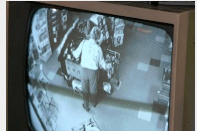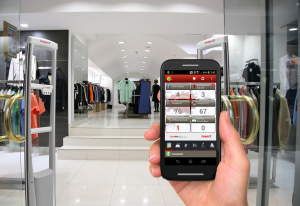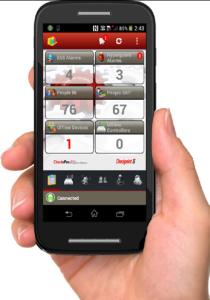 The public shaming of criminals has been around for centuries. For a good part of the world’s legal history (and some still today) the punishment for crimes happened in public: pillories, pelting offenders in the stockades with rotten food and feces, hanging, ear nailing, branding, sandwich boards which proclaimed the crime, dunking stools, shunning, whipping posts, maiming, etc.
The public shaming of criminals has been around for centuries. For a good part of the world’s legal history (and some still today) the punishment for crimes happened in public: pillories, pelting offenders in the stockades with rotten food and feces, hanging, ear nailing, branding, sandwich boards which proclaimed the crime, dunking stools, shunning, whipping posts, maiming, etc.
There’s a natural human desire for others to be recognized and brought to justice for their crimes. The emergence of public shaming via social media is a continuation of that desire and heritage. Social media is just a new, albeit broader reaching, component of a very old method of controlling crime and providing justice.
Retail has a centuries old history of public shaming, because up until recently most stores were mom and pop operations. Owners personally knew which customers weren’t paying their bills and who was stealing, and they had ways of letting others know too. Not long ago, owners posted bounced checks near the cash register, so everyone saw which neighbors were deadbeats.
Now store owners and managers are turning to public shaming again for their on-going, ever increasing problem with shoplifters. They’re frustrated, burnt out and angry, and are increasingly using social media to combat the issue. They’re posting pictures and video of alleged shoplifters and some caught in the act.
The motivations behind posting this information are varied — it’ll shame the criminal into stopping or at least staying out of the store; someone will identify the thief and they can be charged; it’ll shame law enforcement into “doing something” about the crime; other shoplifters will see the store is serious about crime and stay away; it gives the owner a feeling of control and not like a victim.
But, these new tactics have triggered a very old question, “Does it work?”. The answer is the same as it has always been, “Yes” and “No”. Both answers are correct, because it depends on the situation. The spectrum runs from — the shoplifter was mortified and didn’t do it again to the shoplifter became a celebrity in their social group and increased their stealing.
This strategy has always had mixed results, which is why store owners and managers should be thoughtful and cautious about using social media for public shaming or crime fighting. In addition, the legalities of it are murky at best and must be considered before posting pictures or video. Be sure to evaluate each situation on an individual basis before taking any action.
Nicole Abbott is a writer and psycho-therapist with over 20 years of experience in the fields of mental health and addiction. She’s an educator, consultant, lecturer, trainer and facilitator, who’s conducted over 200 workshops, trainings, presentations, college classes and seminars.








